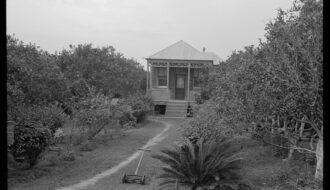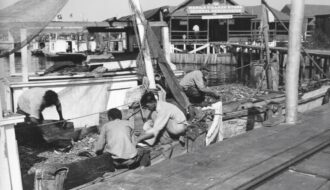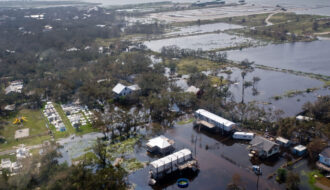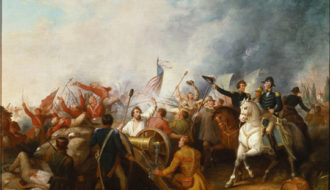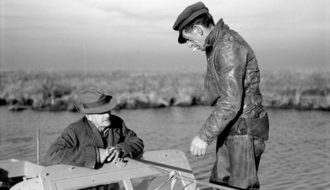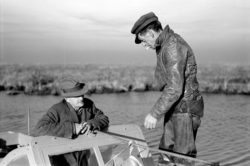History
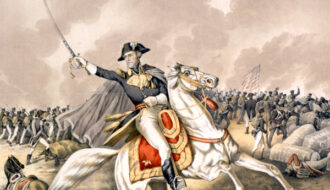
Battle of New Orleans
The Battle of New Orleans, fought on January 8, 1815, was the culmination of a monthlong series of skirmishes between US and British forces in southern Louisiana; it was the final major engagement of the War of 1812.

